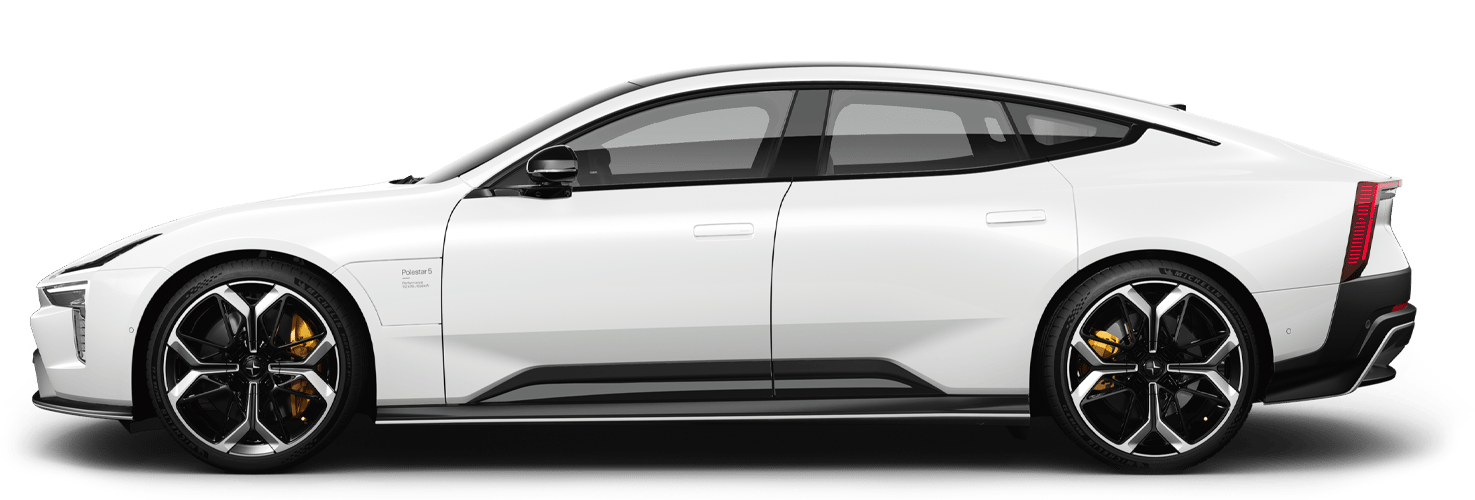SUVs and the U.S. – an electrified bond
If we say gas-guzzling, you say: SUVs. And if we say SUVs, you say: the U.S., right? But as car makers and car models increasingly turn electric, at least one of these associations might look very different in the future.
SUVs are on the rise here, there – everywhere – and a force to be reckoned with in the car world, making up nearly half of all new car sales worldwide. Generally appreciated for their high driving position, spacious interiors, and ability to handle anything from the daily commute to off-road adventures, the share of SUVs has doubled in the past decade.
This segment is particularly popular in the United States, where SUVs account for 60 percent of all new car sales. And there are no signs that this trend will slow down any time soon.
You can’t spell SUVs without the U.S.
From their origin, SUVs have enjoyed steady popularity among Americans.
It might be the allure of fitting all family members and their stuff into one powerhouse of a car that appeals to American drivers. Or it might be the ease of taking it off-road, driving it down snowy paths, or just the fact that you’re cruising with a bit of elevation. Whatever the reason may be, one thing is for sure: SUVs and Americans have a special bond.
This is what we know from conventional wisdom, but what do Americans think of SUVs of the future? We brought Polestar 3, the SUV for the electric age, on a coast-to-coast road show to gather impressions from around the country.
Touring the U.S.
In the future, Polestar 3 will be built in Ridgeville, South Carolina. In preparation for its launch, the car will tour the country’s Polestar spaces as part of its first-ever U.S. road show.
The car made its North American debut in New York City in April and has since been on display in Spaces and event halls in Los Angeles, Palm Beach, Tampa, Boston, Portland, Denver, Minneapolis, and Bellevue to name a few – with admiration as the collective response. More specifically, visitors are surprised by its spacious interior and overall size, as well as its affordability.
The U.S. tour will continue throughout July, with more stops to be announced on our events page soon.
Electric as the starting point
In the automotive industry, a significant shift is underway as numerous car manufacturers, spanning the spectrum from legacy giants to fresh disruptors, reveal their intentions to electrify their forthcoming vehicle line-ups, including SUVs. The need to redefine the SUV segment is imperative – to leave behind the era of fossil-fuel vehicles and pave the way for electric counterparts.
Compared to regular-sized cars, SUVs pose a greater threat to the environment, emitting nearly 1 billion tonnes of carbon dioxide in 2022 and consuming 20 percent more fuel on average.
Now, it would be a failure of imagination to ban SUVs and ignore their many advantages when there is an opportunity to harness their popularity to accelerate the shift to sustainable mobility. Going electric is, of course, just the starting point, and focus must now shift from tailpipe emissions to decarbonising manufacturing. For instance, within battery technology.
The battery cells used in Polestar 3 are manufactured using renewable electricity. This, in combination with other factors such as updated cell chemistry, lowers the CO2e emissions per kWh by 24% compared to Polestar 2. The result is a 111-kWh battery with a footprint of 7.6 t CO2e. Continuous efforts to lower the carbon footprint of the Polestar 3 are underway, as per our goal of halving relative emissions per car sold by 2030.
Polestar 3 is the SUV for the electric age
Another important consideration when creating an SUV fit for the electric age is its design.
The height and aerodynamics of traditional SUVs make them very inefficient. This was top of mind in the design of Polestar 3. It retains the ground clearance and high seating position of an SUV, but its design incorporates features inspired by sports cars, like tilting seats and a lowered dashboard, to create a more aerodynamic profile.
Polestar 3 also has wings at the front and rear which allows for smoother airflow, lowering drag and increasing its real-world range up to 300 miles.
As SUVs continue to captivate drivers in the U.S. and beyond, we will continue to work on accelerating the shift towards sustainable mobility.








